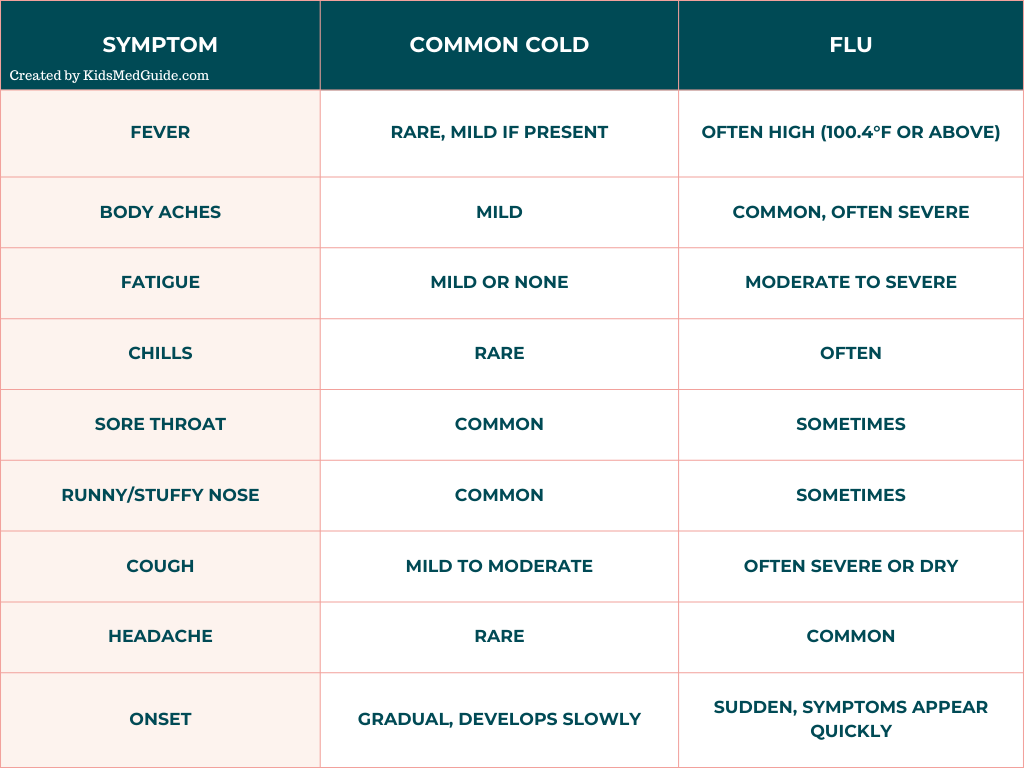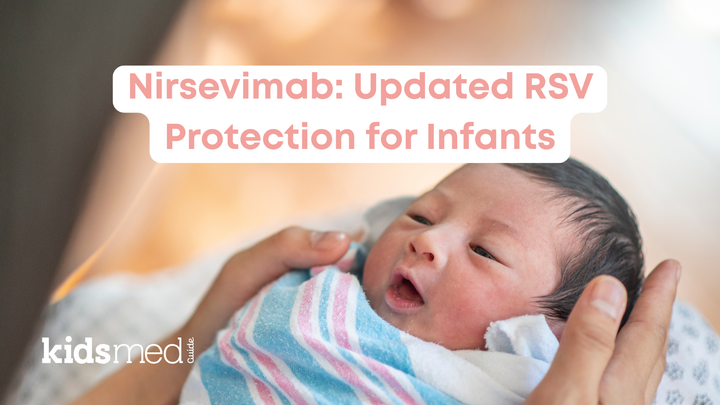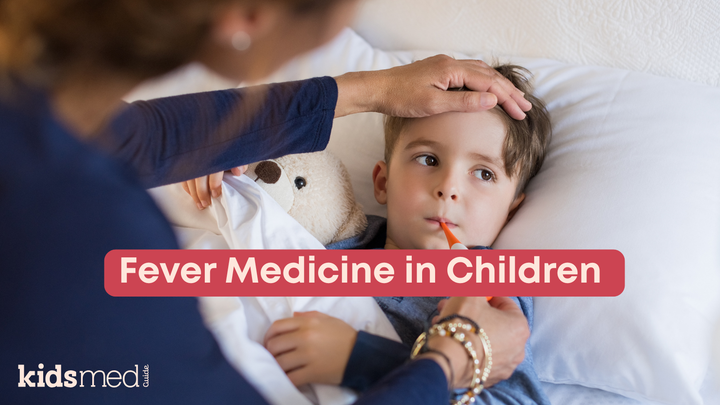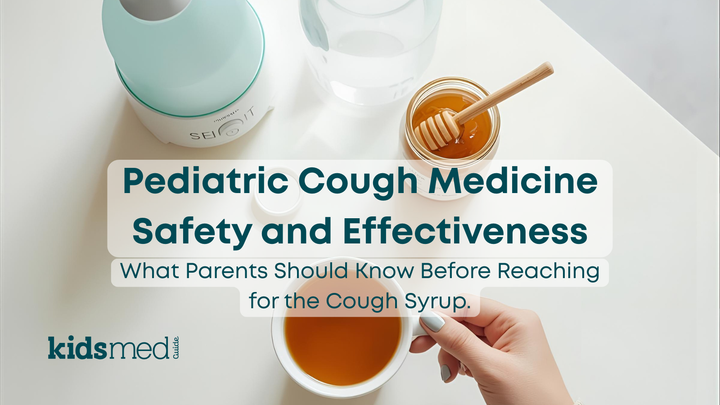Flu vs. Common Cold Symptoms Checklist

When your child isn’t feeling well, it can be hard to tell if it’s a common cold or something more serious, like the flu. This quick checklist helps you spot the differences between cold and flu symptoms so you can take the proper steps for care and comfort.
Common Symptoms at a Glance

Key Differences Between Cold and Flu
- Onset of Symptoms: Colds usually develop gradually, while flu symptoms appear suddenly and intensely.
- Fever & Body Aches: High fever and body aches are more common with the flu. Colds rarely cause fever, and body aches are usually mild, if they occur at all.
- Fatigue Level: The flu causes more intense fatigue, often leaving kids feeling very weak, whereas colds cause little to no fatigue.
Caring for Cold & Flu Symptoms
- Rest and Hydration: Colds and flu require rest and lots of fluids. Make water, soups, and electrolyte drinks (such as Pedialyte®) available.
- Humidifier for Congestion: A cool-mist humidifier can relieve stuffy noses and congestion, especially at night.
- Honey for Cough (for kids over 1 year): A spoonful of honey can help soothe a sore throat and calm a cough. Do not use honey in babies less than 1 year of age.
- Warm Compresses for Body Aches: A warm compress can comfort flu-related aches.
- Monitor for Fever: If your child has the flu, a fever may come and go. Monitor it, and consult your pediatrician if the fever persists or is high.
- Consider Medication: If your child is uncomfortable, can't rest, eat, or drink because of aches or fever, think about using a fever reducer and pain reliever like acetaminophen or ibuprofen. Follow the dosing instructions on the package carefully.
When to Call the Doctor
High fever or fever that won’t go away
- If your child’s fever is over 102°F, doesn’t lower with medication, or lasts more than three days, it’s time to call the doctor.
Difficulty breathing
- If your child is wheezing, grunting, breathing fast, appears blue or mottled around the mouth or in extremities, or is experiencing chest pain, seek emergency medical help immediately.
Severe fatigue or weakness
- If your child can’t stay awake or appears weak, consult a healthcare professional immediately.
Dehydration signs
- Look for signs like dry mouth, dark urine, or decreased urination. Dehydration can happen quickly if kids aren’t drinking enough. Consult with your healthcare provider if unsure.
Remember
Colds and flu are common, but knowing the symptoms and taking the proper steps can make a difference. Keep this checklist on hand, and you’ll be ready for whatever the season brings! Fall and winter are ideal times to get your flu shot - if you haven't yet, please consider it!
Read our guide on cold and flu season for more information!
Stay healthy,
-Kids Med Guide



